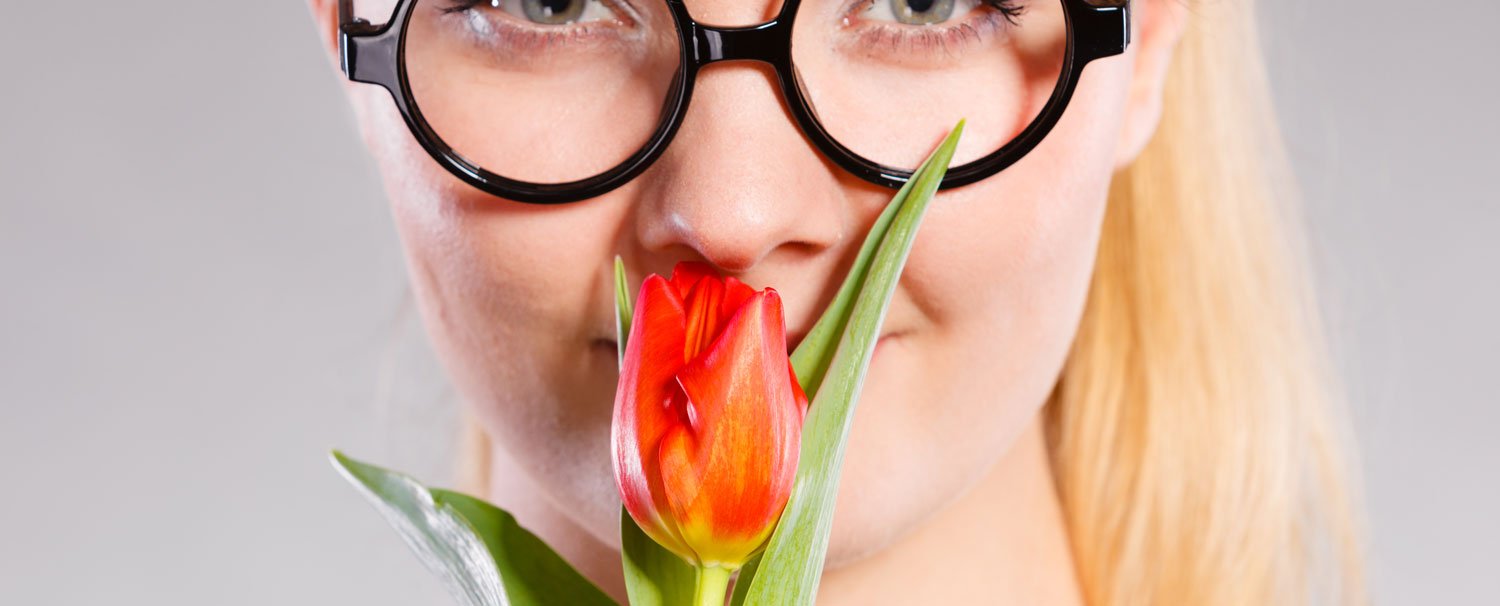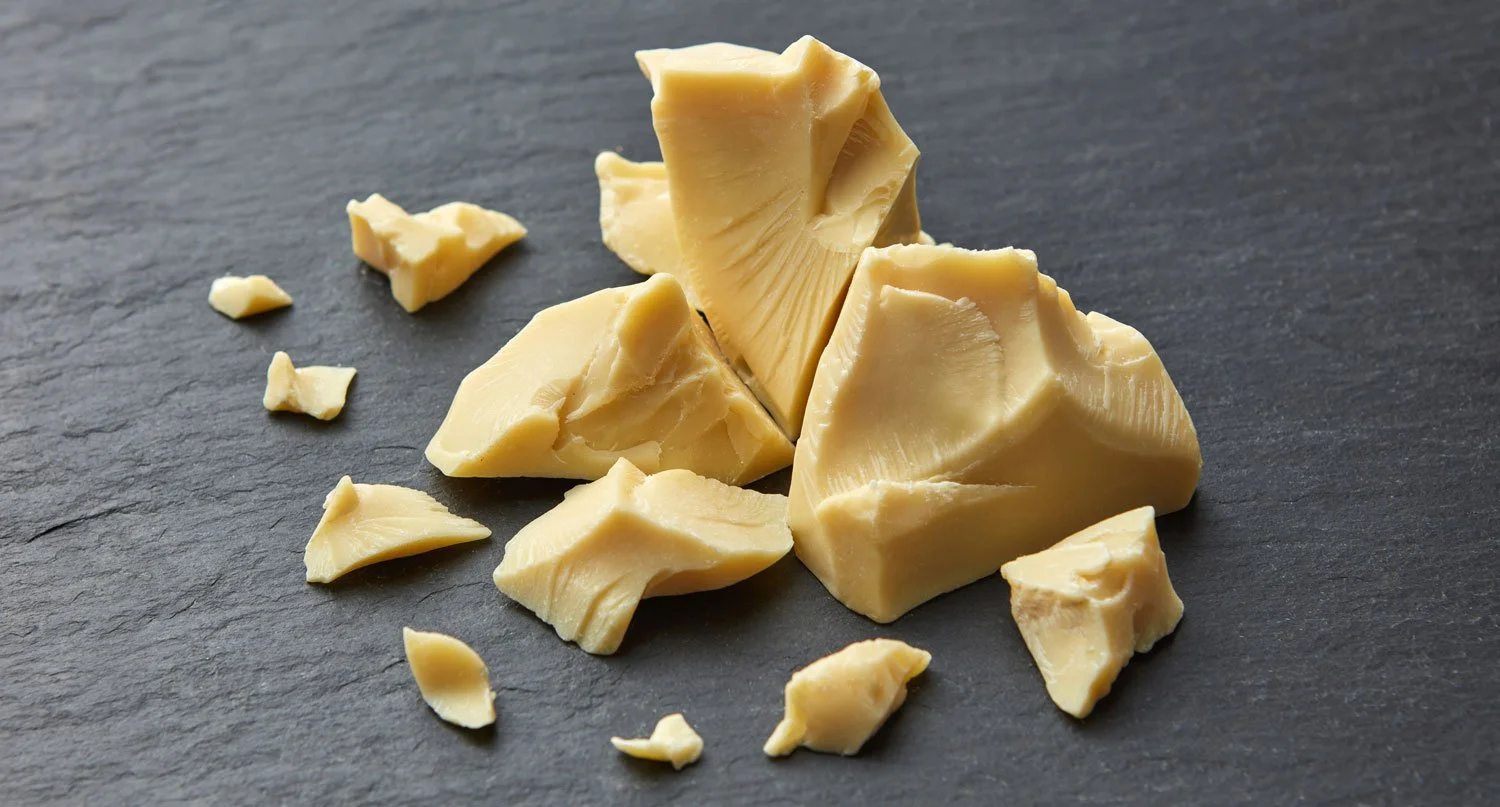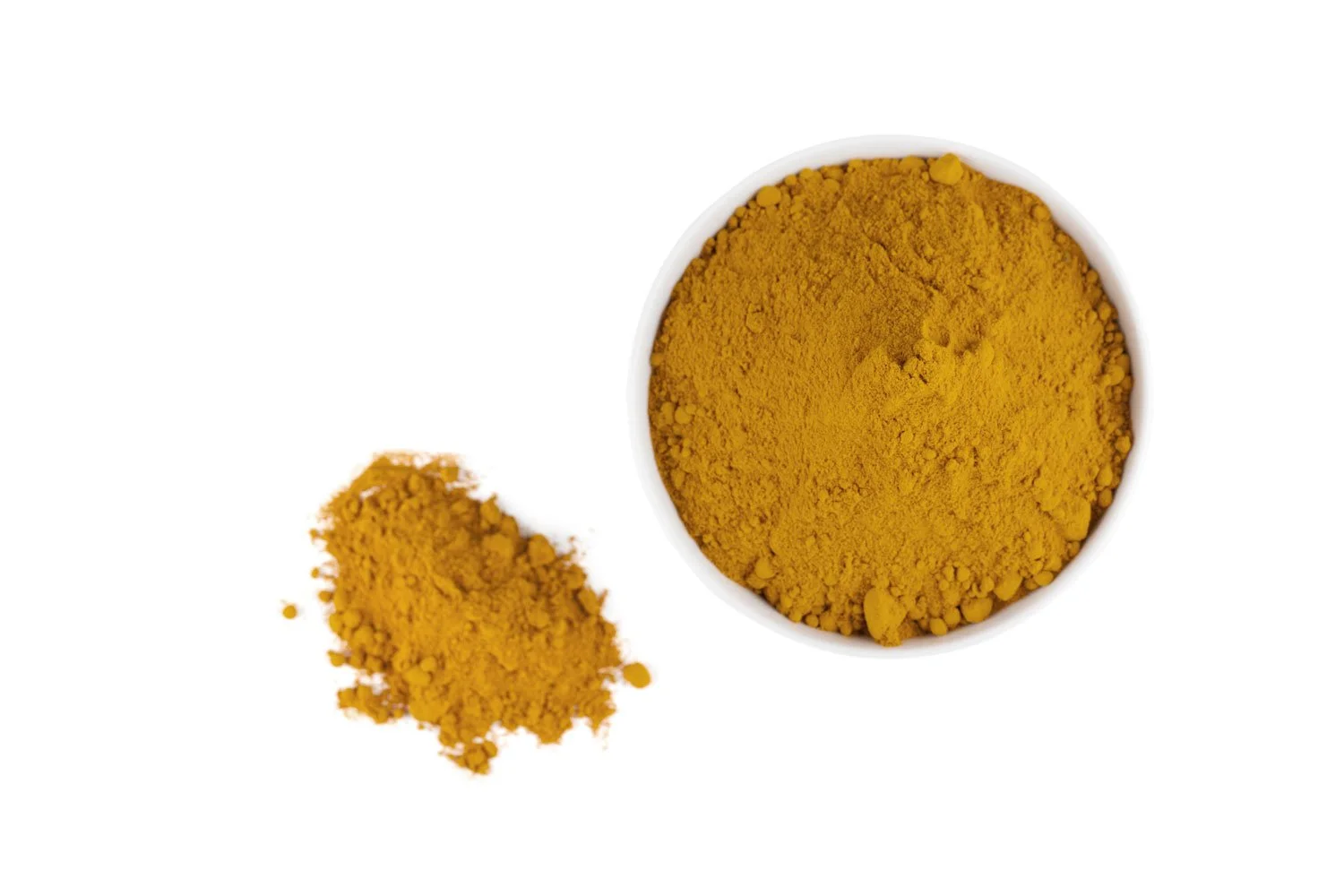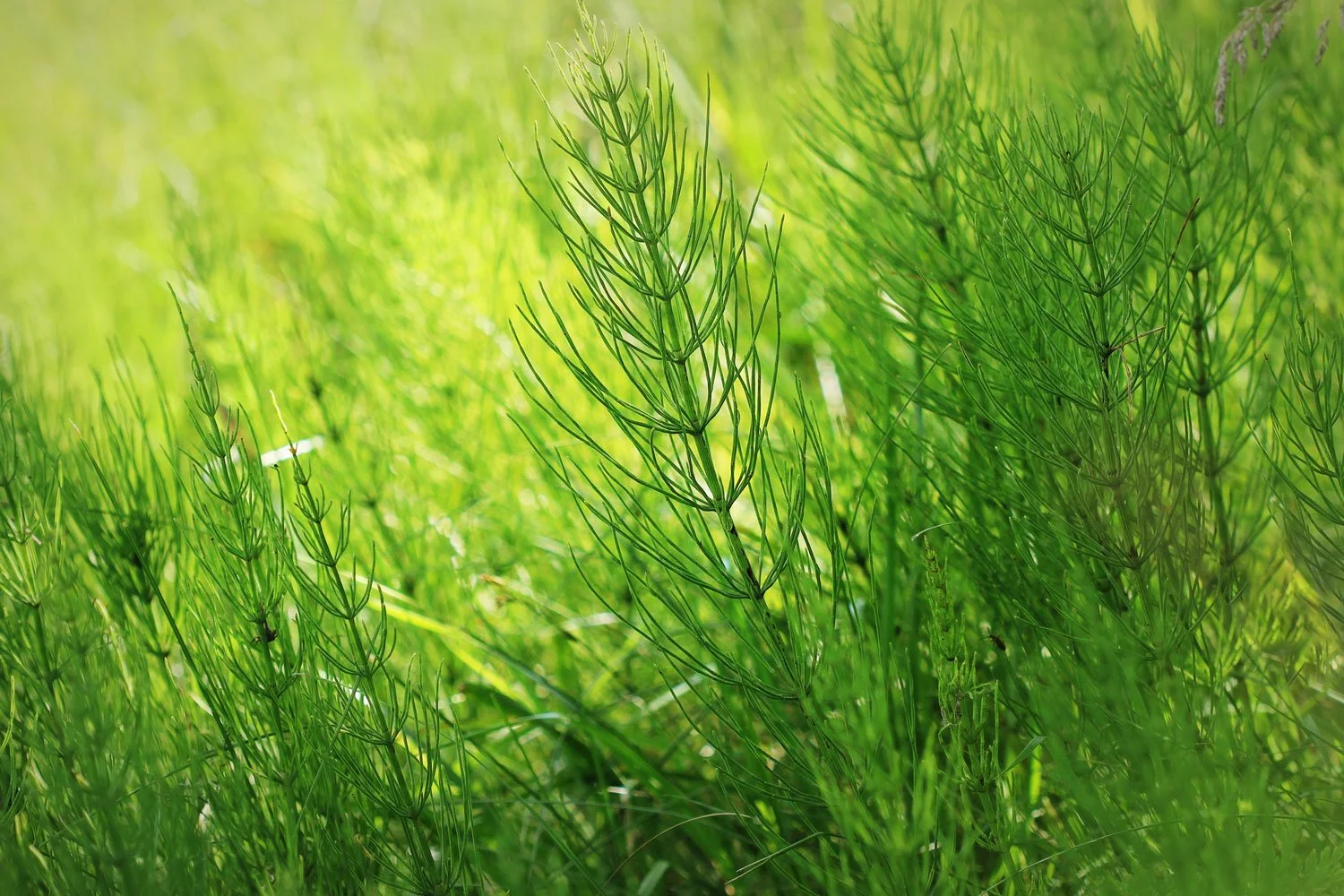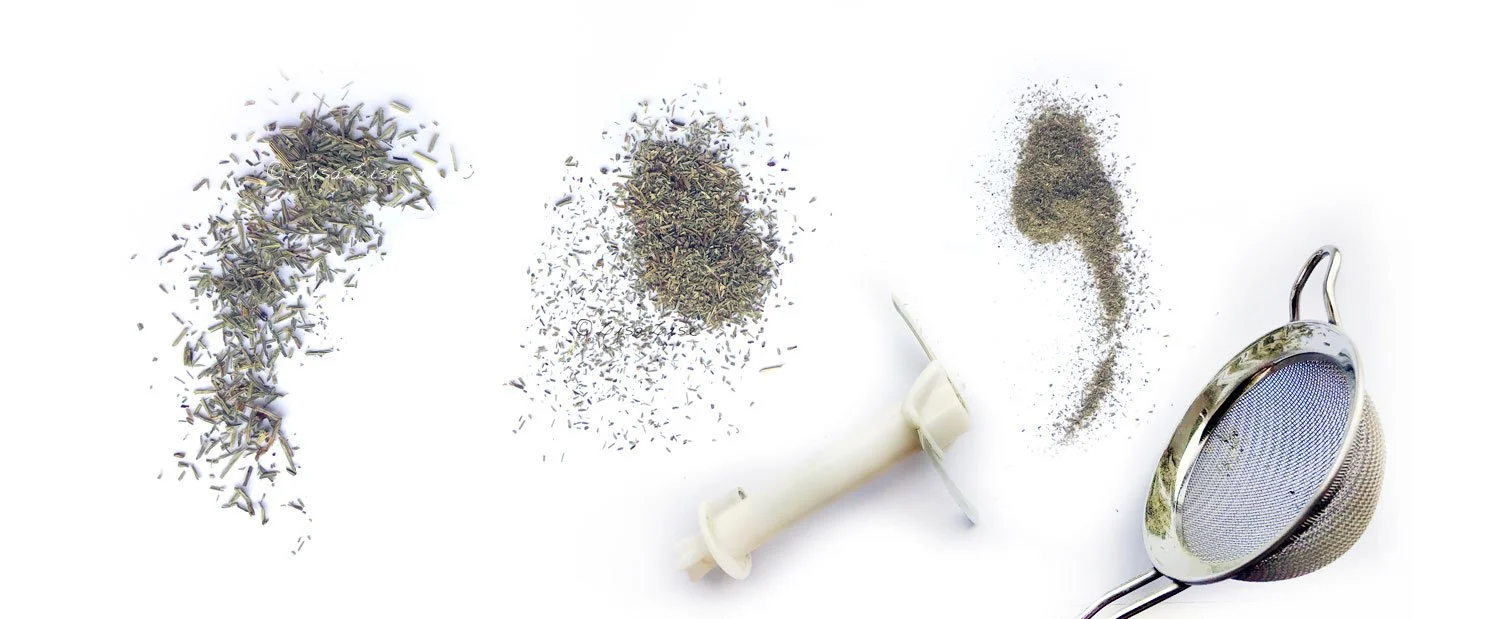Live Workshop: Botanical Extracts and Skincare
Lise
This is something I’ve never done before. For the first time ever, I am doing a live workshop.
It's happening in May of 2024 in the beautiful Beiras region of Portugal. Pictured above are a few snapshots of the venue where this will all be taking place.
I've teamed up with Vivienne Campbell of the Herbal Hub so we could offer an in-depth look at identifying, picking, processing, and using botanicals for skincare and haircare. In short, we're going to be immersed in hands-on botanical magic from May 10th to May 16th.
What We'll be Doing
Attendees will observe or help with the following processes and extract-making techniques:
Collecting herbs
Drying herbs (different methods)
Herbal Infused vinegars
Glycerites
Alcohol tinctures
Herbal footbaths
Hydrosols (in an Air Still)
Freshly made cold-pressed oil (nut or seed oil)
Not only will we be making extracts, we'll be incorporating them into the following products which attendees will take home.
Botanical Shampoo Bar
Self Preserving Facial Cleanser
Masks
Deodorant
and more
Schedule Overview
Here’s a very brief description of the program:
Arrive: Friday 10th May 2024 (join us for dinner together this evening)
Enjoy Learning with Us: Participate in 5 days of classes Sat. 11th – Wed. 15th May
Leave: After breakfast on Thursday 16th May
All Skill Levels
Both Vivienne and I are accustomed to teaching all skill levels and agreed this workshop should span everything from newbies to professionals. So you don't have to be an expert to join, and neither will you find this workshop 'too easy' if you're a practiced formulator.
Only 20 Spots Available
We also decided while planning that we wanted to keep the group an intimate size so it would be a truly immersive experience for every attendee.
Vivienne and I are equally passionate about working with botanicals and look forward to sharing our experience, knowledge, and love of botanicals & their multiple properties with you in May.
Want to Know More?
Click the button below to read more about what's included, check accommodation options, see more of the venue and get an idea of what to expect from this workshop and to sign up.
Don't wait too long as spots are going fast.
I hope you'll be joining us!
We look forward to seeing you
Click the button to learn more about the workshop
Do Tell
Have you ever been to a botanical skincare workshop? Please share your experience in a comment below.





